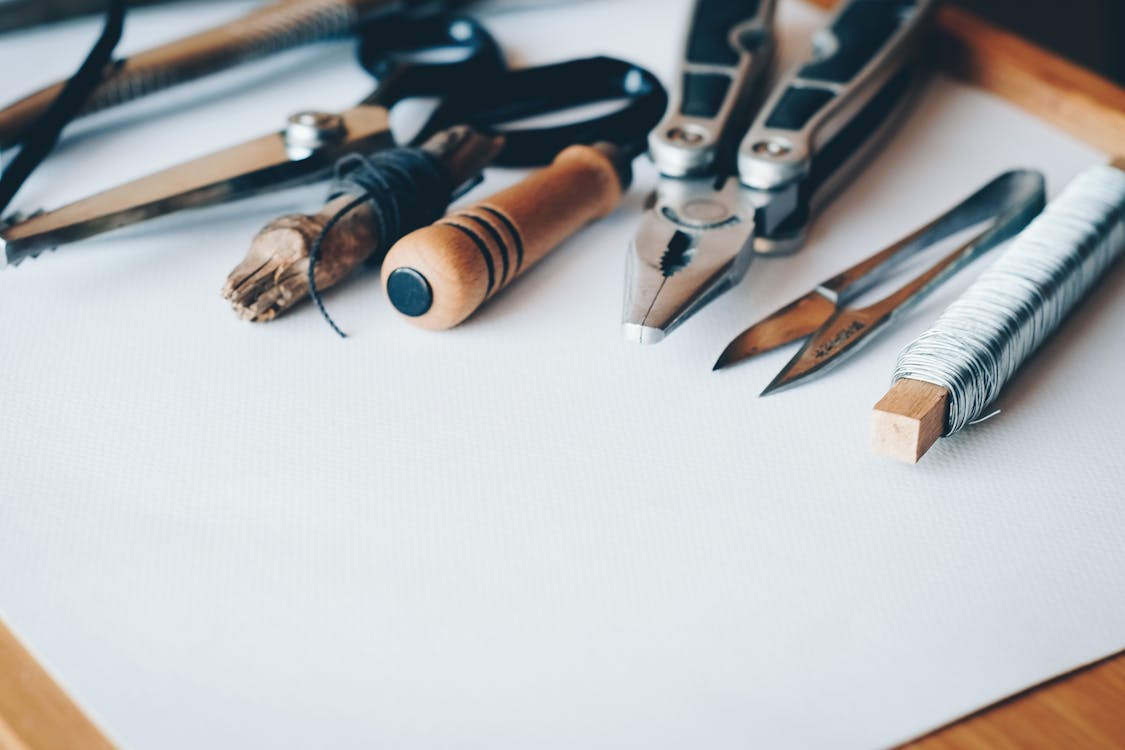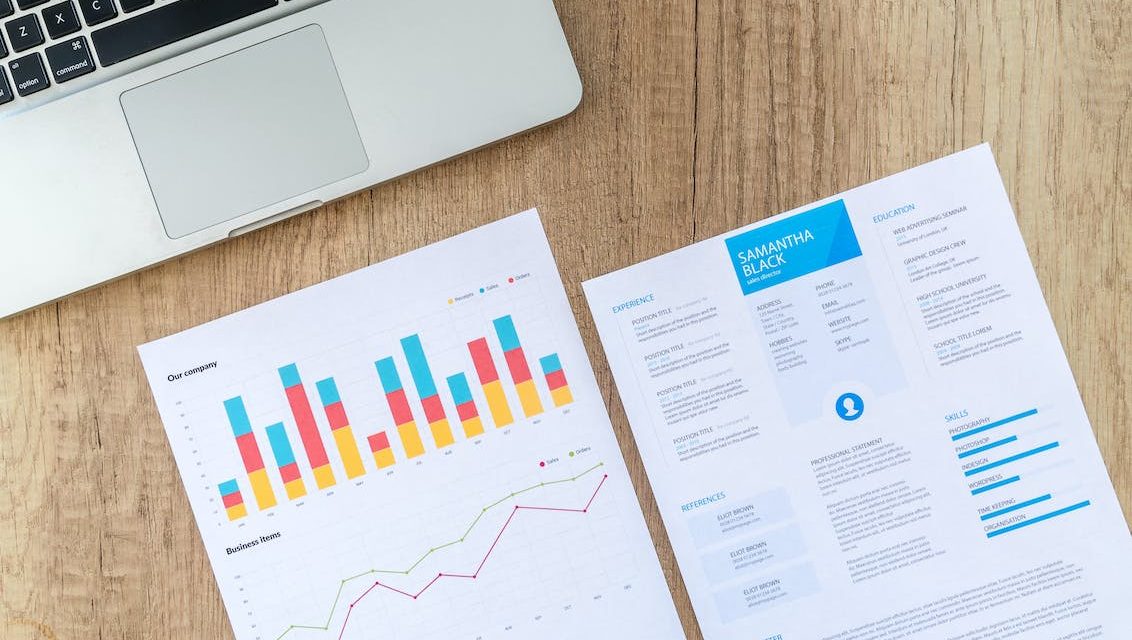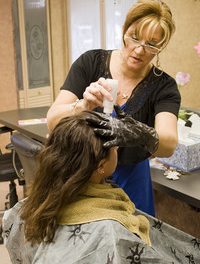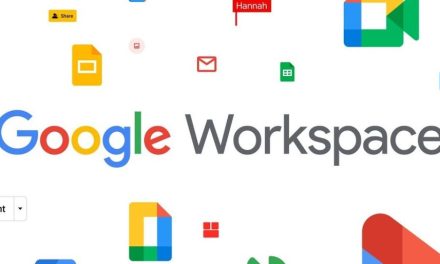What is Local Marketing?
It is a strategy that targets potential customers within a specific geographic area, such as a city, a neighborhood, or a zip code.
Local marketing is also known as local store marketing or neighborhood marketing.
It is especially important for small businesses that rely on local customers, such as restaurants, salons, dentists, lawyers, and plumbers.
Local marketing can help you:
- Increase your brand awareness and visibility in your community
- Attract more foot traffic and leads to your physical location
- Build trust and loyalty with your local customers
- Stand out from your competitors in your area
- Boost your online presence and reputation
But how do you do local marketing effectively? Here are some tips and best practices to help you get started.
Claim and Optimize Your Google My Business Listing
Google My Business (GMB) is a free tool that allows you to create and manage your online profile on Google Search and Maps. It is one of the most powerful ways to improve your local SEO (search engine optimization) and reach more local customers.
To claim and optimize your GMB listing, you need to:
- Verify your business information, such as your name, address, phone number, website, hours, and category
- Add relevant photos and videos of your business, products, services, and team
- Encourage your customers to leave reviews and ratings on your listing
- Respond to reviews promptly and professionally
- Post regular updates and offers on your listing
- Use Google Q&A to answer common questions from your customers
Create Localized Content for Your Website and Blog
Another way to boost your local SEO and attract more local customers is to create localized content for your website and blog.
Localized content is content that is tailored to your specific location, audience, and needs.
It can help you rank higher for local keywords, show your expertise and authority in your niche, and provide value to your potential customers.
Some examples of localized content are:
- Landing pages that target specific cities or neighborhoods where you operate
- Blog posts that cover local topics, events, news, or trends related to your industry
- Case studies or testimonials that feature your local customers or projects
- Guides or resources that offer helpful information or tips for your local audience
- Videos or podcasts that showcase your local community or culture
When creating localized content, make sure to:
- Use geo-specific keywords in your titles, headings, meta tags, URLs, and body text
- Include your NAP (name, address, phone number) and a map on every page of your website
- Link to other relevant local websites or businesses in your content
- Optimize your content for mobile devices and voice search
How to Use Local Marketing Tools and Resources

Besides the tips and best practices we discussed in the previous sections, you can also use some local marketing tools and resources to help you with your local marketing strategy.
These tools and resources can help you with various aspects of local marketing, such as:
- Researching and analyzing your local market and competitors
- Creating and managing your local listings and citations
- Generating and managing your local reviews and ratings
- Creating and distributing your local content and ads
- Tracking and measuring your local marketing performance and results
Some of the most popular and useful local marketing tools and resources are:
Google Analytics
Google Analytics is a free web analytics tool that allows you to track and analyze your website traffic, conversions, and goals.
You can use Google Analytics to measure your local SEO performance, such as your organic rankings, impressions, clicks, bounce rate, etc.
You can also use Google Analytics to segment your traffic by location, device, source, etc. You can also use Google Analytics to set up custom reports and dashboards to monitor your local marketing metrics.
Moz Local
Moz Local is a paid tool that allows you to create and manage your local listings and citations across various platforms, such as Google My Business, Facebook, Yelp, Bing, etc.
Moz Local helps you ensure that your business information is accurate, consistent, and complete across the web.
Moz Local also helps you monitor and respond to your local reviews and ratings. Moz Local also provides you with insights and recommendations to improve your local SEO performance.
BrightLocal
BrightLocal is a paid tool that allows you to manage your local SEO campaigns in one place.
BrightLocal helps you audit your local SEO performance, such as your rankings, citations, reviews, etc.
It also helps you build and fix your citations across various platforms.
It is also helpful in generating and managing your reviews and ratings.
Yext
Yext is a paid tool that allows you to create and manage your online presence across various platforms, such as Google My Business, Facebook, Yelp, Bing, etc.
Yext helps you update and sync your business information across the web. Yext also helps you monitor and respond to your reviews and ratings.
Yext also helps you create and distribute your local content and ads.
Yext also provides you with insights and analytics to optimize your online presence.
Canva
Canva is a free online graphic design tool that allows you to create stunning visuals for your local marketing campaigns.
Canva helps you design various types of graphics, such as logos, flyers, banners, brochures, posters, etc.
Canva also provides you with templates, icons, fonts, colors, etc. to make your design process easier. Canva also allows you to download or share your graphics online.
These are just some of the many local marketing tools and resources available to you.
You can explore more options based on your needs, budget, and preferences. By using these tools and resources, you can save time, money, and effort in your local marketing strategy.
You can also improve your efficiency, quality, and results in your local marketing campaigns.
Leverage Social Media Platforms
Social media platforms are another great way to connect with your local customers and prospects. You can use social media to:
- Share engaging content that showcases your brand personality, values, and story
- Promote your products, services, offers, or events
- Interact with your followers and join relevant conversations in your niche
- Run contests or giveaways to generate buzz and excitement
- Collaborate with local influencers or partners to expand your reach
- Monitor and manage your online reputation and feedback
Some of the most popular social media platforms for local marketing are:

You can create a Facebook page for your business, join or create local groups, use Facebook Ads or boosted posts to target specific audiences, use Facebook Live or stories to share behind-the-scenes or live updates, use Facebook Messenger or Chatbots to communicate with your customers, and use Facebook Events to invite people to your events.

You can create an Instagram business account for your business, use Instagram Stories or Reels to share short videos or photos, use Instagram Live or IGTV to share longer videos or interviews, use Instagram Shopping to sell directly from your posts or stories, use Instagram Ads to target specific audiences, use hashtags or geotags to increase your visibility and use Instagram Direct to chat with your customers.
![]()
You can create a Twitter account for your business, use Twitter Ads to target specific audiences, use Twitter Spaces to host live audio conversations, use Twitter Fleets to share ephemeral content, use hashtags or mentions to join relevant conversations or trends, use Twitter Lists to organize and follow accounts in your niche, and use Twitter DMs to chat with your customers.

You can create a LinkedIn page for your business, join or create local groups, use LinkedIn Ads to target specific audiences, use LinkedIn Live or Stories to share live or short updates, use LinkedIn Articles or Newsletters to share long-form content, use hashtags or mentions to join relevant conversations or trends and use LinkedIn Messaging to chat with your customers.
Participate in Local Events and Activities
Another effective way to do local marketing is to participate in local events and activities that are relevant to your industry, niche, or audience. This can help you:
- Showcase your products, services, or expertise
- Network with other local businesses or professionals
- Build relationships with your existing or potential customers
- Generate word-of-mouth and referrals
- Support your local community or cause
Some examples of local events and activities are:
- Trade shows or expos
- Fairs or festivals
- Conferences or seminars
- Workshops or webinars
- Meetups or networking events
- Charity events or fundraisers
- Sponsorships or partnerships
Use Online and Offline Advertising Methods
Finally, you can use online and offline advertising methods to reach more local customers and prospects.
Online advertising methods are digital channels that allow you to display your ads on websites, apps, search engines, social media platforms, etc.
Offline advertising methods are traditional channels that allow you to display your ads in newspapers, magazines, radio, TV, billboards, etc.
Some of the most common online and offline advertising methods for local marketing are:
Google Ads
You can use Google Ads to create and run pay-per-click (PPC) campaigns that target specific keywords, locations, audiences, devices, etc.
You can also use Google Display Network to show your ads on millions of websites and apps that are relevant to your niche. You can also use Google Local Services Ads to show your ads at the top of Google Search and Maps when people search for local services like yours.
Facebook Ads
You can use Facebook Ads to create and run campaigns that target specific audiences based on their demographics, interests, behaviors, locations, etc.
You can also use Facebook Local Awareness Ads to show your ads to people who are near your location.
You can also use Facebook Lead Ads to collect leads directly from your ads without sending them to your website.
Instagram Ads
You can use Instagram Ads to create and run campaigns that target specific audiences based on their demographics, interests, behaviors, locations, etc.
You can also use Instagram Stories Ads to show your ads in between stories from people or accounts that your audience follows. You can also use Instagram Shopping Ads to show your ads with product tags that allow people to shop directly from your ads.
Twitter Ads
You can use Twitter Ads to create and run campaigns that target specific audiences based on their demographics, interests, behaviors, locations, etc.
You can also use Twitter Promoted Tweets to show your tweets at the top of relevant timelines or search results. You can also use Twitter Promoted Trends to show your hashtag at the top of the trending topics list.
LinkedIn Ads
You can use LinkedIn Ads to create and run campaigns that target specific audiences based on their demographics, interests, behaviors, locations, etc.
You can also use LinkedIn Sponsored Content to show your content in the news feed of your target audience. You can also use LinkedIn Sponsored InMail to send personalized messages to your target audience.
Newspaper Ads
You can use newspaper ads to show your ads in local newspapers that are read by your target audience.
You can choose from different formats, such as display ads, classified ads, or inserts. You can also choose from different sizes, colors, and placements.
Magazine Ads
You can use magazine ads to show your ads in local magazines that are relevant to your niche or industry.
You can choose from different formats, such as display ads, classified ads, or inserts. You can also choose from different sizes, colors, and placements.
Radio Ads
You can use radio ads to show your ads on local radio stations that are listened to by your target audience.
You can choose from different formats, such as live reads, recorded spots, or sponsorships. You can also choose from different lengths, frequencies, and timings.
TV Ads
You can use TV ads to show your ads on local TV channels that are watched by your target audience.
You can choose from different formats, such as commercials, infomercials, or sponsorships. You can also choose from different lengths, frequencies, and timings.
Billboard Ads
You can use billboard ads to show your ads on large outdoor signs that are visible to your target audience.
You can choose from different formats, such as digital billboards, static billboards, or mobile billboards. You can also choose from different sizes, colors, and locations.
When using online and offline advertising methods for local marketing,
make sure to:
- Set a realistic budget and track your
- Set a realistic budget and track your return on investment (ROI)
- Test different ad formats, channels, messages, and offers
- Segment and target your audience based on their location, needs, and preferences
- Use clear and compelling calls to action (CTAs) to encourage your audience to take action
- Measure and optimize your ad performance and results
Conclusion
Local marketing is a powerful way to grow your small business and reach more local customers. By following the tips and best practices in this article, you can:
- Claim and optimize your Google My Business listing
- Create localized content for your website and blog
- Leverage social media platforms
- Participate in local events and activities
- Use online and offline advertising methods
By doing so, you can increase your brand awareness and visibility, attract more foot traffic and leads, build trust and loyalty, stand out from your competitors, and boost your online presence and reputation.




